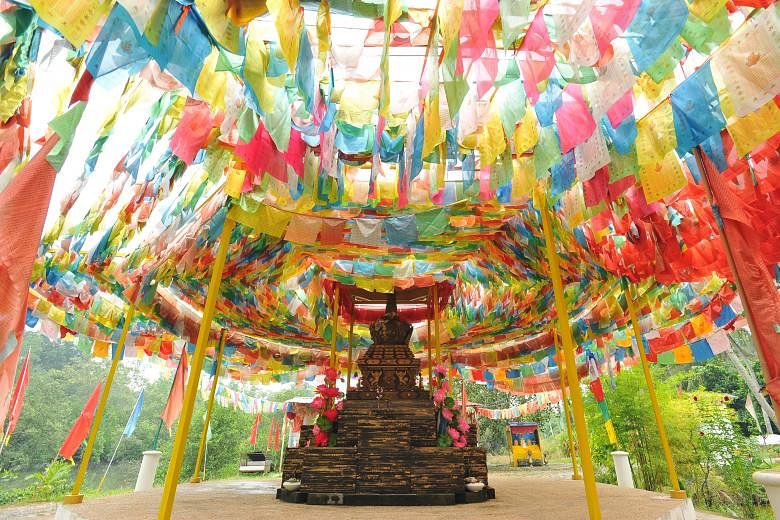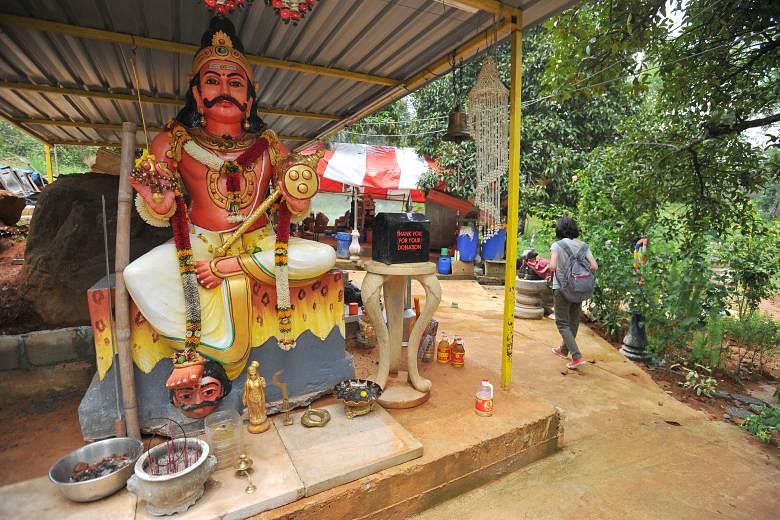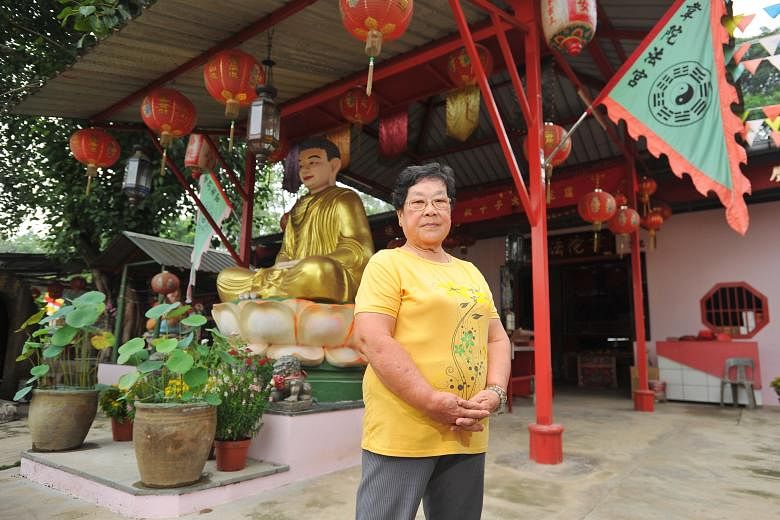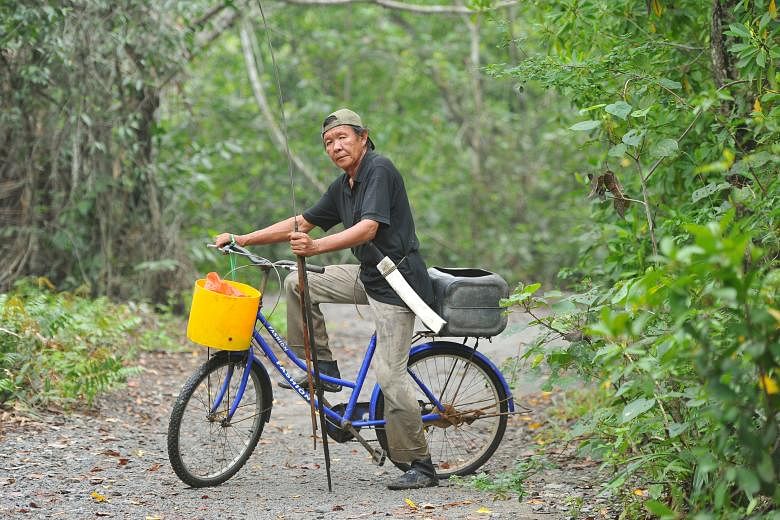A study of Pulau Ubin commissioned by the National Heritage Board and led by anthropologist Vivienne Wee has uncovered multiple layers of social history, religious practices and economic activity through interviews with islanders. The project, which started in April, is expected to be completed by January next year. It is one of the board's contributions to an ongoing Ubin Project led by the Ministry of National Development to preserve the island's nature, biodiversity and heritage. Melody Zaccheus looks at some of the findings so far.
Social diversity on a tiny island




Join ST's WhatsApp Channel and get the latest news and must-reads.
A version of this article appeared in the print edition of The Straits Times on October 05, 2015, with the headline Social diversity on a tiny island. Subscribe
